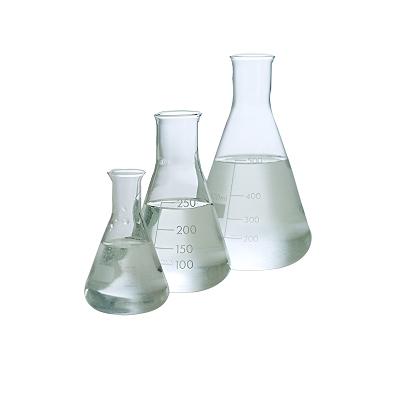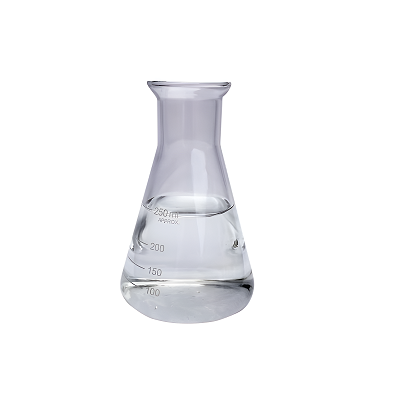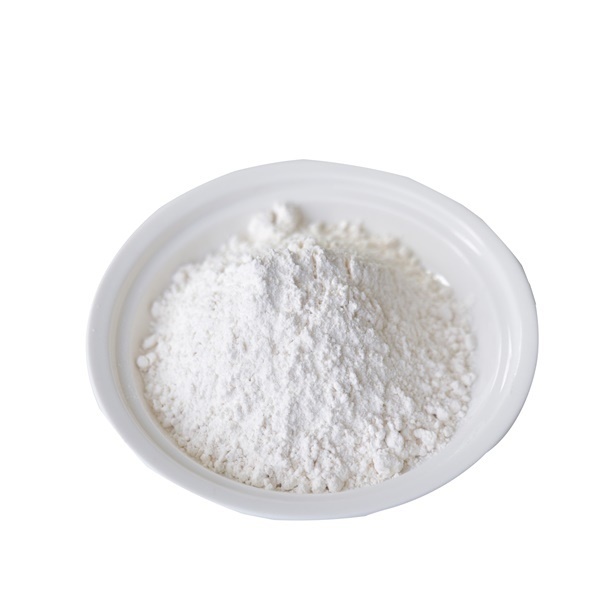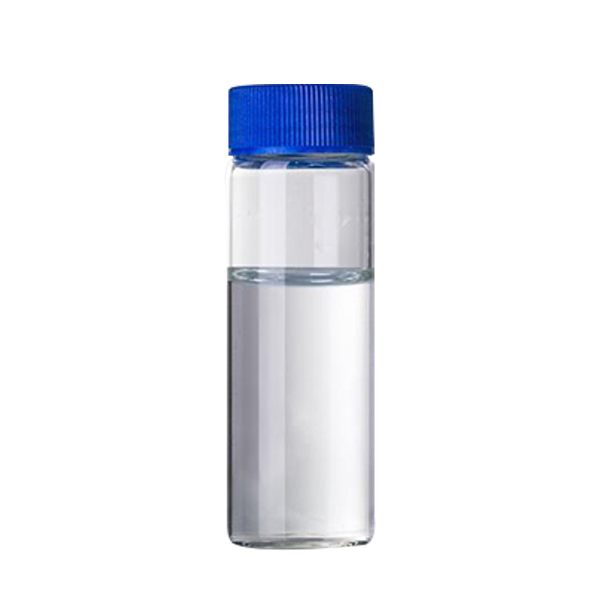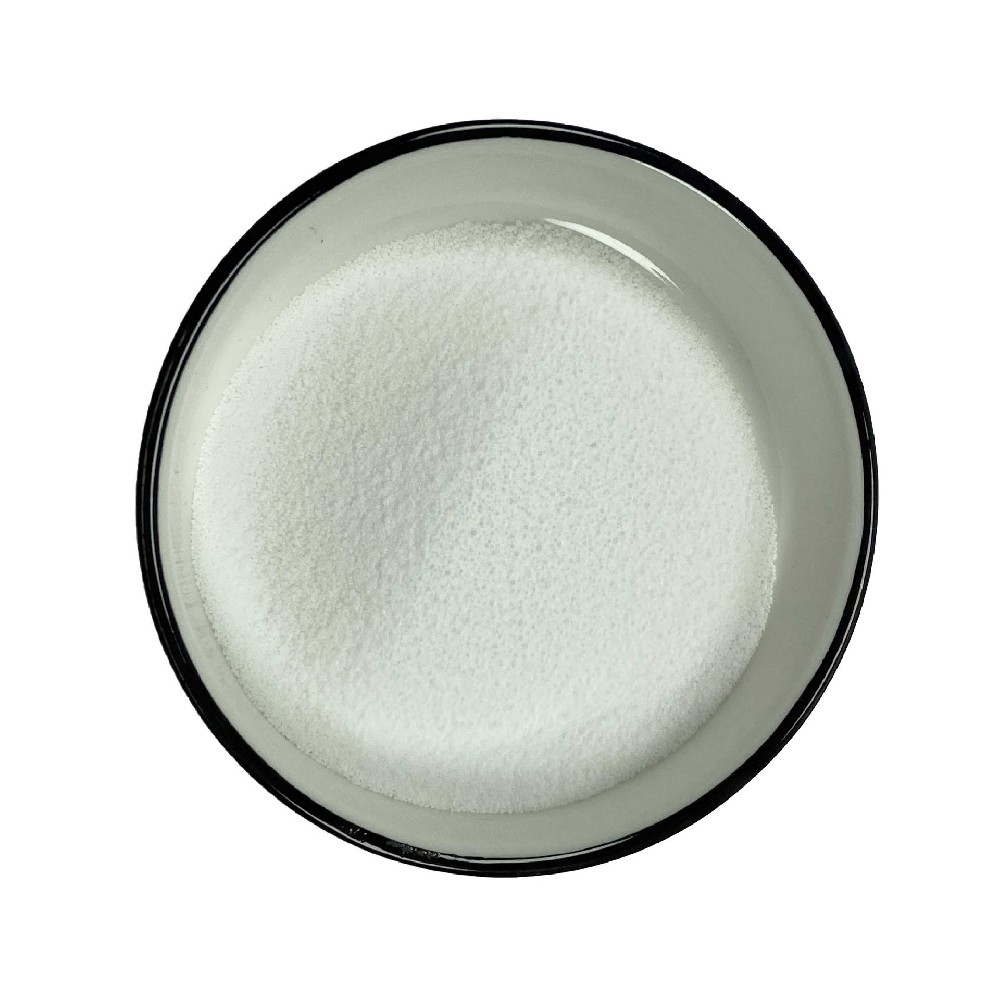

Tris(2-Aminoethyl)amine cas 4097-89-6
——————
CAS number : 4097-89-6
molecular formula : C6H18N4
EINECS : 223-857-4
——————
Email : info@deshangchem.com
Mobile : +86-13153039501
TEL : +86-531-88752665
English synonyms
Tris(Aminoethyl)amine;tris(Beta-Aminoethyl)amine;2,2',2''-Triaminotriethylamine,97%tren;2,2'',2-Triaminotriethylaminetren;2,2μ,2μμ-Nitrilotriethylamine,2,2μ ,2μμ-Triaminotriethylamine,Taea;2,2',2''-Nitrilotris(Ethane-1-Amine);2,2',2''-Nitrilotrisethanamine;tris(2-Aminoethyl)amine,95%
Physical and chemical properties
Aliphatic nitrogen tetramines such as tris(2-aminoethyl)amine can be used in research and industrial fields such as chelating agents, corrosion inhibitors, resin curing agents, catalysts, and organic intermediates. Its outstanding structural feature is that there are 4 N atoms with strong coordination ability in the molecule, which can form stable chelates with a bicyclic structure with most metal ions.
resolve resolution
In a 2000 ml glass reactor, 120.5 g of nickel hydroxide and 146.2 g of tris(2-aminoethyl)amine were added to 2000 ml of H2O. The solution was stirred at 50°C for 8.5 hours. Excess nickel hydroxide was removed by centrifugation (30 min, 4400 rpm). The solution was recovered by decantation to obtain the title compound tris(2-aminoethyl)amine. The exact concentration of nickel was determined using inductively coupled plasma coupled optical emission spectroscopy (ICP-OES). The synthesis route is shown in the figure.
| Melting Point | -16 °C |
| Boiling Point | 114 °C/15 mmHg (lit.) |
| Density | 0.976 g/mL at 20 °C (lit.) |
| Vapor density | 5 (vs air) |
| Refractive Index | n20/D 1.497(lit.) |
| Flash point | >230 °F |
| Storage conditions | 2-8°C |
| Solubility | Soluble in chloroform (a small amount), DMSO (a small amount) |
| Form | Saline Suspension |
| Acidity coefficient (pKa) | 10.00±0.10(Predicted) |
| Color | Transparent yellow |
| Proportion | 0.977 |
| Water Solubility | Miscible with water. |
| Sensitivity | Hygroscopic |
| BRN | 1739626 |
| Stability | Stable. Hygroscopic. Absorb Carbon Dioxide from the Air. Incompatible with Strong Acids and Strong Oxidants. |
Use
Can Be Used as a Structural Unit of Cryptand; 1 Precursor of Organic Nonionic Superbase (A Nonionic Strong Base).
Use
It Can Be Used as the Structural Unit of Cryptand and the Precursor of Organic Nonionic Superbase.
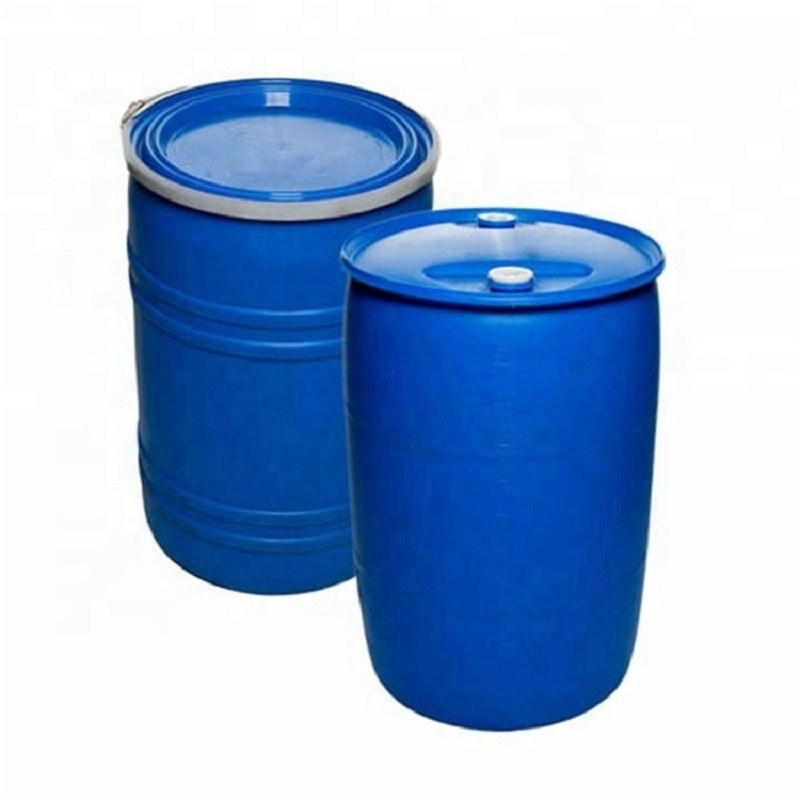
Tris(2-Aminoethyl)amine cas 4097-89-6
English synonyms
Tris(Aminoethyl)amine;tris(Beta-Aminoethyl)amine;2,2',2''-Triaminotriethylamine,97%tren;2,2'',2-Triaminotriethylaminetren;2,2μ,2μμ-Nitrilotriethylamine,2,2μ ,2μμ-Triaminotriethylamine,Taea;2,2',2''-Nitrilotris(Ethane-1-Amine);2,2',2''-Nitrilotrisethanamine;tris(2-Aminoethyl)amine,95%
Physical and chemical properties
Aliphatic nitrogen tetramines such as tris(2-aminoethyl)amine can be used in research and industrial fields such as chelating agents, corrosion inhibitors, resin curing agents, catalysts, and organic intermediates. Its outstanding structural feature is that there are 4 N atoms with strong coordination ability in the molecule, which can form stable chelates with a bicyclic structure with most metal ions.
resolve resolution
In a 2000 ml glass reactor, 120.5 g of nickel hydroxide and 146.2 g of tris(2-aminoethyl)amine were added to 2000 ml of H2O. The solution was stirred at 50°C for 8.5 hours. Excess nickel hydroxide was removed by centrifugation (30 min, 4400 rpm). The solution was recovered by decantation to obtain the title compound tris(2-aminoethyl)amine. The exact concentration of nickel was determined using inductively coupled plasma coupled optical emission spectroscopy (ICP-OES). The synthesis route is shown in the figure.
| Melting Point | -16 °C |
| Boiling Point | 114 °C/15 mmHg (lit.) |
| Density | 0.976 g/mL at 20 °C (lit.) |
| Vapor density | 5 (vs air) |
| Refractive Index | n20/D 1.497(lit.) |
| Flash point | >230 °F |
| Storage conditions | 2-8°C |
| Solubility | Soluble in chloroform (a small amount), DMSO (a small amount) |
| Form | Saline Suspension |
| Acidity coefficient (pKa) | 10.00±0.10(Predicted) |
| Color | Transparent yellow |
| Proportion | 0.977 |
| Water Solubility | Miscible with water. |
| Sensitivity | Hygroscopic |
| BRN | 1739626 |
| Stability | Stable. Hygroscopic. Absorb Carbon Dioxide from the Air. Incompatible with Strong Acids and Strong Oxidants. |
Use
Can Be Used as a Structural Unit of Cryptand; 1 Precursor of Organic Nonionic Superbase (A Nonionic Strong Base).
Use
It Can Be Used as the Structural Unit of Cryptand and the Precursor of Organic Nonionic Superbase.
Team Presentation


